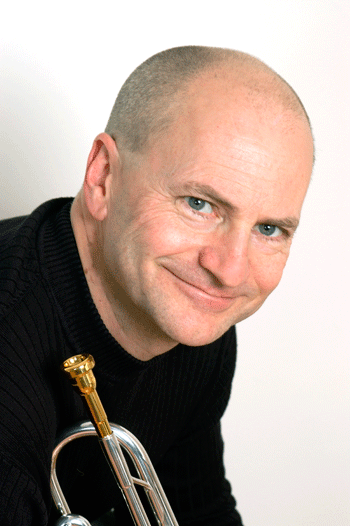As I write this article, we are several weeks into a new school year, and I am working with a new flock of private trumpet students at the University of Toronto. My first job is to evaluate each student’s overall abilities.
Observation
At the first lesson, I simply listen and take notes while the student practices. I encourage her to pretend I am not in the room—not an easy task as my fingers clack the computer keys relentlessly. This observation period gives me a realistic picture of each student’s abilities and the effectiveness, or not, of their approach to practicing.
Group Discussion
Next is a group lesson where we turn the tables—I practice for one solid hour while they observe and take notes. This session is intense for all of us, underscoring the difficulty and effectiveness of sustained concentration, particularly in front of an audience. A group discussion follows based on their observations. This discussion is animated, with lots of observations thrown onto the table.
Checklist
Prior to the next lesson, I ask them to self-evaluate by assigning themselves a mark in the following categories.
- Range
- Tone
- Flexibility
- Fingers
- Articulation (single, double, triple, mixed tongue/slur)
- Time
- Intonation
- Sight Reading
- Lead Playing
- Improvisation (scales, vocabulary, style, feel, repertoire)
- Mental Focus
- Work Ethic
They do not show their marks to me until I put them through a battery of playing tests. We then compare my evaluation to theirs. Generally, we are in agreement, though they are usually harder on themselves. At the end of the year, a similar test functions as the “final exam.”
This exhaustive process provides me with a good picture of the strengths and weaknesses of each student. We can then determine goals and procedures for the year. Self-evaluation will help you determine what you should focus on in the practice room. Don’t practice what you can do—practice what you can’t do.
About the Author
Chase Sanborn is a jazz trumpet player based in Toronto. He is on the faculty at the University of Toronto and is the author of “Brass Tactics,” “Jazz Tactics,” “Tuning Tactics” and “Music Business Tactics.” Chase is a Yamaha Artist. Visit his website at www.chasesanborn.com. Questions about all things brassrelated can be sent to info@chasesanborn.com.

